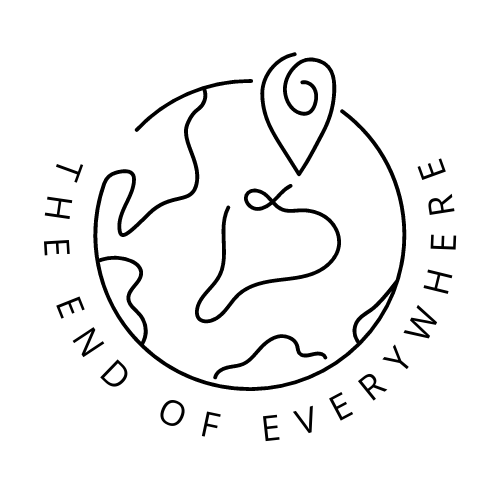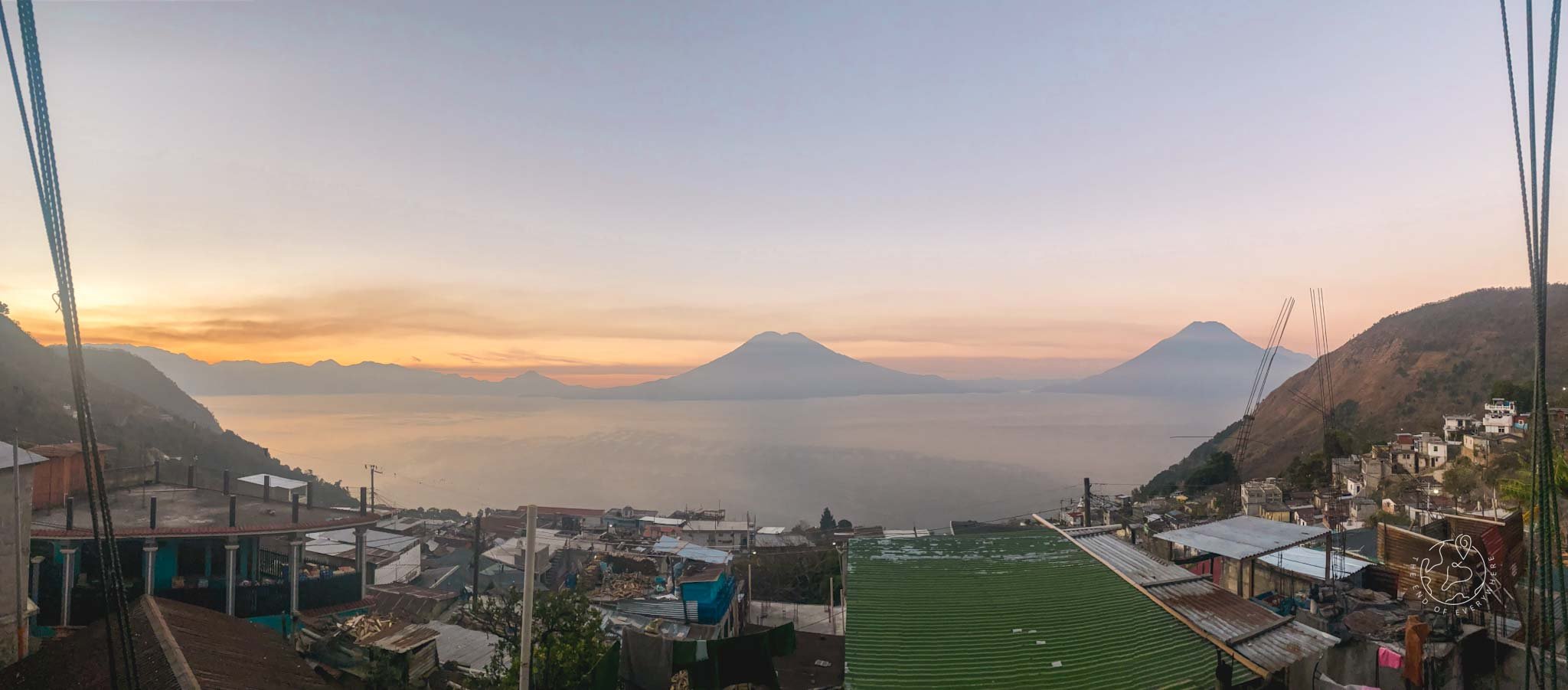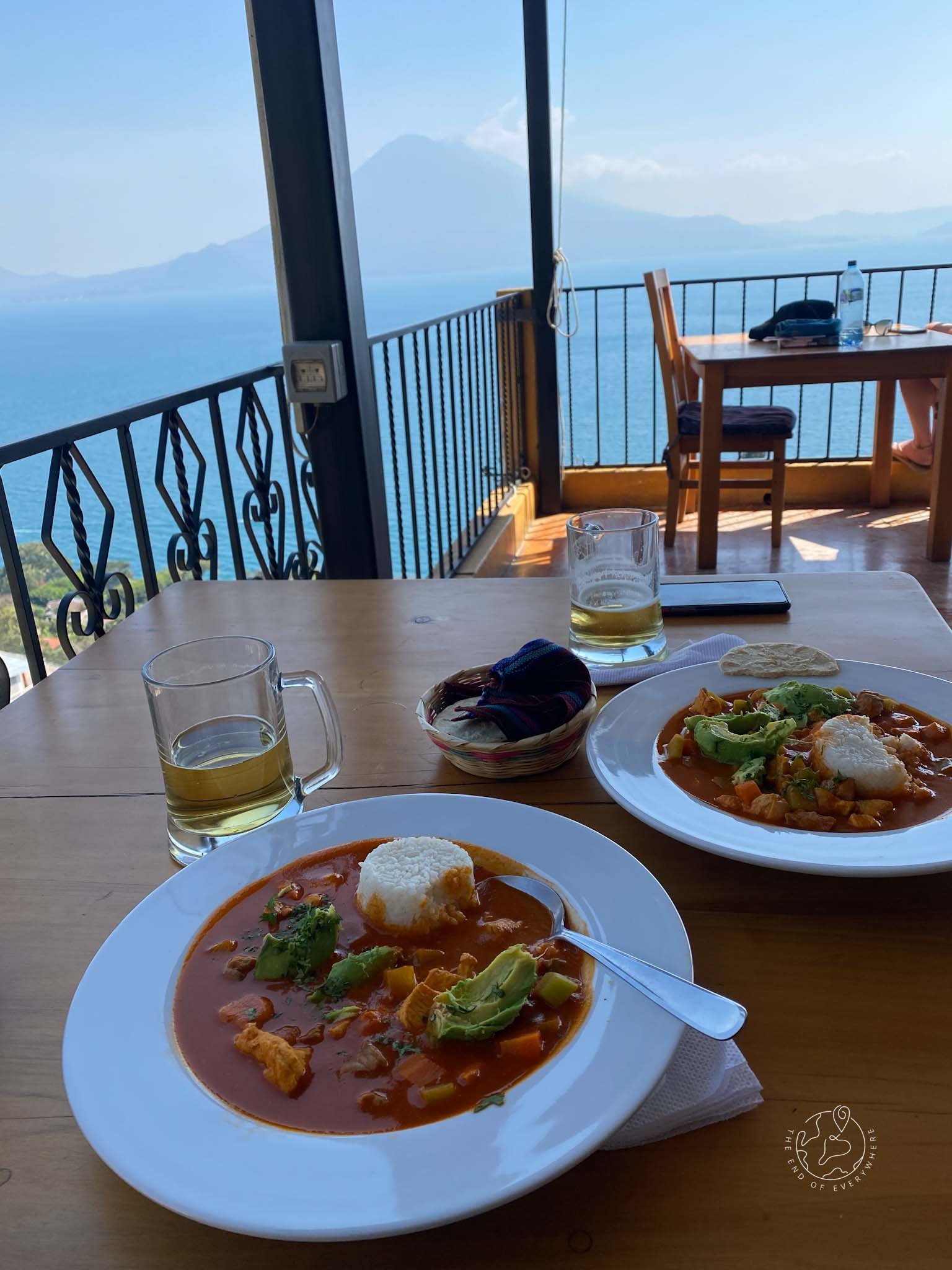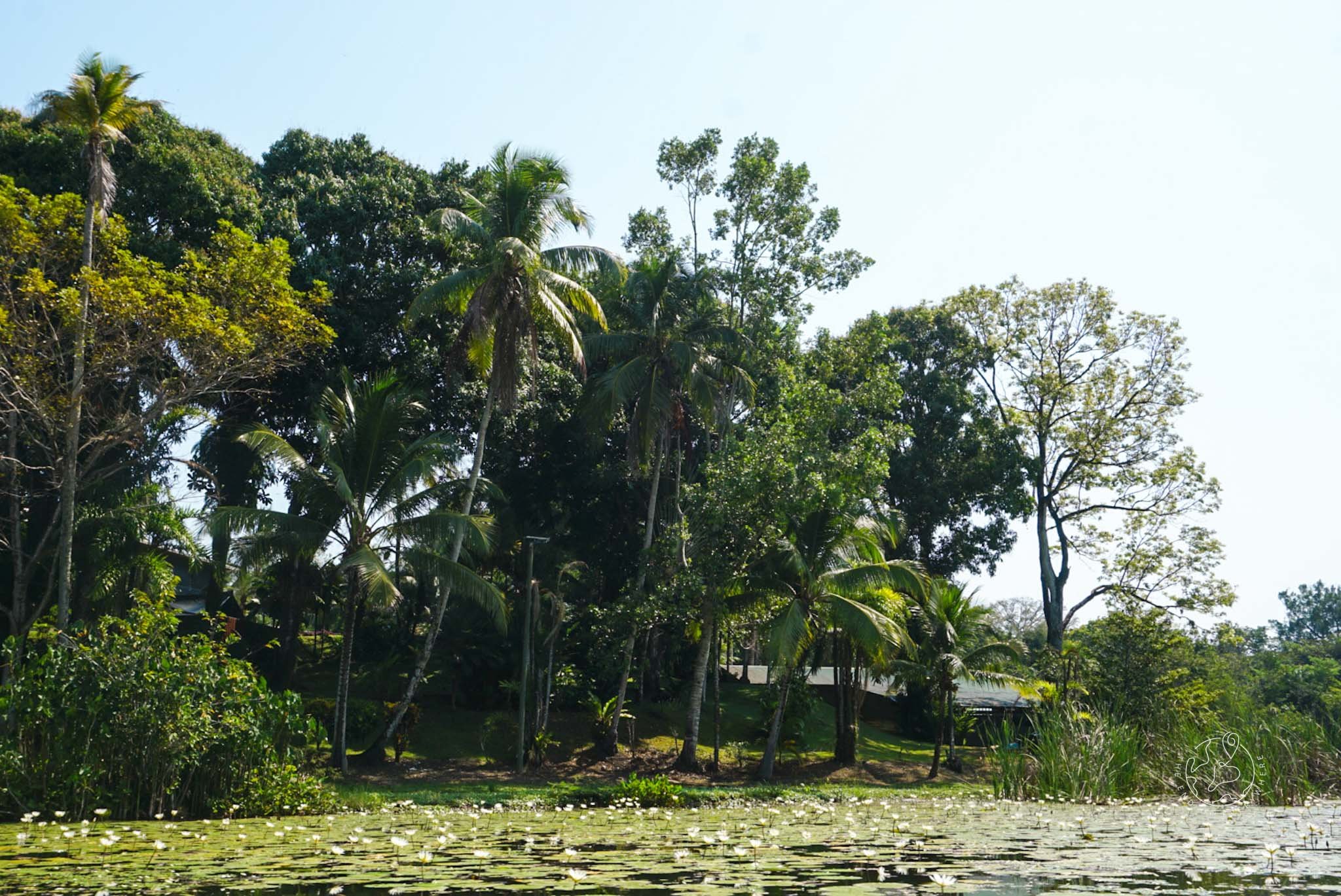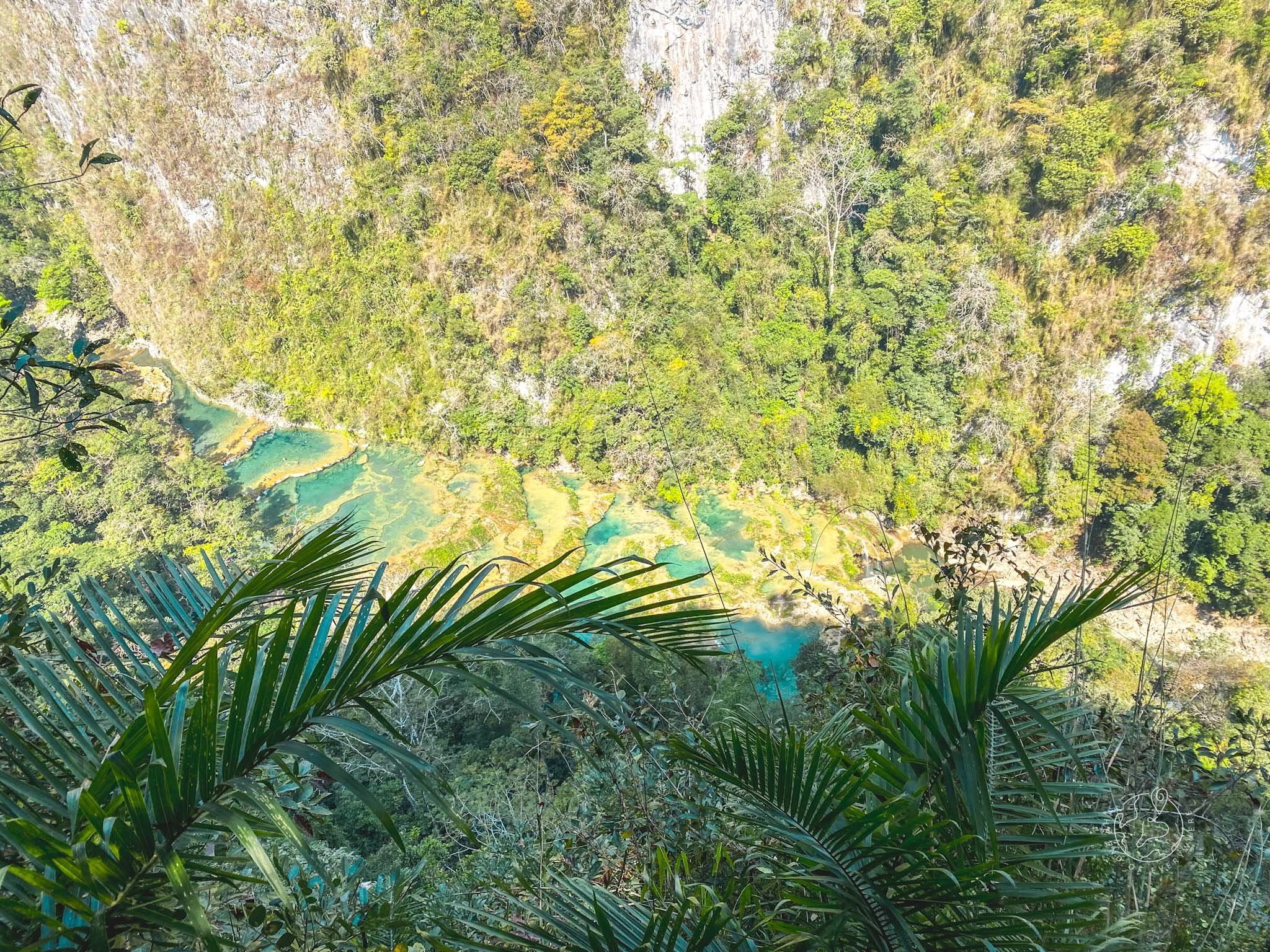Going North: a week in Guatemala’s highlands
Watching the sunrise over Lake Atitlan
After the exertion of climbing an erupting volcano, we headed towards Lake Atitlan seeking rest and relaxation.
The journey there was quite tame by Guatemalan standards - three chicken buses that fit seamlessly together, the next sat waiting for us as we arrived at the highway intersections where we needed to change. We were in the port town of Panajachel within three hours: the same time as the shuttle, and for half the price.
Pana (as it’s known), is a bustling place but, eager for a glimpse of the lake, we didn’t stick around for too long. We walked to the edge of the water and jumped into one of the many taxi boats - or lanchas, as the are known locally - that dart between the lakeside communities, our first stop being the peaceful village of Santa Cruz la Laguna.
Lake Atitlan is a volcanic crater lake formed around over 80,000 years ago, with depths of up to 340 meters. Steeped in Mayan culture, the lake is revered as the "Navel of the World," playing host to many sacred ceremonies and rituals. Along its shores, indigenous villages preserve ancient traditions and host vibrant markets selling the artisan crafts of the lakeside communities.
Our first view of the lake was bouncing on the azure waters during that short lancha ride, and we were already captivated by its beauty. I remember feeling something similar during our time at Lake Titicaca - not being able to take my eyes away from the way the sun sparkled off the surface of the water.
Arriving in Santa Cruz, I was rudely awakened from my sense of serenity. Past Graeme and Sarinda had decided we would get a much more authentic, Guatemalan experience if we stayed in a home stay in the village of Santa Cruz, rather than in one of the hotels at the waters edge. Unfortunately for us, the village is an almost vertical uphill walk from the lakeside, which we attempted with our big backpacks in the midday heat. A quarter of the way I gave up, and we flagged down one of the many tuk tuks ferrying locals up and down the hill to take us the rest of the way. My advice to anyone attempting the walk: don’t be a hero. Best £2 I’ve ever spent.
We were greeted by the family but told we couldn’t check in until 5pm, which is a little odd, but as we were starving we left our bags and went off in search of food. Our host had recommended a local comedor with a difference - the food is all prepared by culinary students who are learning to cook traditional dishes to fine dining standards.
Graeme and I both ordered the kaq’ik - a Guatemalan stew with a sauce made from a blend of three local chillies. It was incredible! So good that we did something we’ve only done a handful of times on this whole trip - we ordered dessert.
After a long lunch we left satisfied and were shown to our home for the night - where a very sweet surprise was waiting for us. Graeme had mention to our hosts that this trip was a bit like a long honeymoon for us, so they had decorated our room with beautiful roses and candles. What a lovely welcome! I only wish I’d looked a bit more glam at the time, but hey…the realities of married travel life!
Our room came with our own private terrace. Now, I’ve already said the lake had dazzled us at water level, but the view from that terrace was dizzyingly beautiful.
From our vantage point high in the village we looked down over the whole lake, directly in front of us the twin volcanic peaks of Tomilan and Atitlan. Although we were only there for one night, it was definitely the best view of the lake we had. We watched the sun set, looked at the stars, got up for sunrise and ate our breakfast here, enthralled by the view.
Got up for sunrise? You heard that right! I had thought over the course of this year i would naturally become the kind of person who loved waking up early and seizing the day, maybe doing yoga or meditating. Reader, that’s not how life works. Turns out I’m just a very sleepy person, whether getting up for the 9-5 or getting up to live my best travel life, I struggle.
But by those shimmering waters - much like at Lake Titicaca months before - rising with the sun felt natural. Perhaps it’s something about lakes that makes me a sunrise kind of person? *quickly plans Lake District getaway to test this thesis*
Now that I’ve made it sound truly idyllic, let me bring us back to reality. If this was the whole story we probably would have been tempted to stay in our little guesthouse for the whole week. But unfortunately for us there was one issue: the smoke.
Up in the highlands, when the sun sinks beneath the horizon, it gets chilly pretty quickly. This, as well as the need to cook dinner, meant that in the evening the local families were lighting fires. I would assume it was wood being burnt, but from the look and smell of the heavy, black smoke that was billowing from the houses all around, I can’t be 100% sure. As the houses are packed together almost on top of each other, it wasn’t long before the whole area was covered by a low hanging smog.
Unfortunately for us that night, all the houses around us were emitting clouds at the same time, and our room was filled with it. Coughing and eyes streaming, we escaped to our terrace. So, yes, we did sit out reading our books and watching the stars, and it was beautiful - but it was also because we were giving our room a few hours to air, so that when we did go to sleep we wouldn’t fall victim to smoke inhalation and not wake up…
Even that mishap won’t change my opinion of the place. But I’d perhaps caution against staying in up the village if you’re sensitive to smoke, or have asthma.
The thing about the villages around Lake Atitlan is that they are all very small. Tiny, in fact. A couple of hours is more than enough time walk around and see everything there is to see. Add another hour for grabbing a coffee and admiring the lake view, and you’re done. So the next morning we packed up and made our way to San Juan la Laguna to get a different view of the lake for a few days. Our plans had been to move on once more, but when we found most of the villages to be similar we decided to save ourselves from packing again and stayed in San Juan for the rest of our time on the lake.
There were a number of hikes available in the area, including the opportunity to climb San Pedro volcano, but as our legs had only just recovered from the last volcano we climbed we were quite content spending the week jetting around on the lanchas and wandering through the colourful markets around the lake’s shore.
On our final day we found a real gem of a place - Queso y vino. It does exactly what it says, serving an amazing cheese and charcuterie platter along with wine.
The style of the food is very Italian, but our waiter explained that all of the cheese and meats were made with Guatemalan produce. Our platter had over 25 different cheeses for us to try - it was heavenly!
As blown away as we were by natural beauty of Atitlan, we probably stayed there a little too long and got a bit restless. Being on a budget meant we weren’t in the luxury lakeside accommodations where it would be easy to relax whilst not doing too much. Towards the end of our stay we wanted to be out the hostel but had already walked around all the villages, so were a little lost on what else to do.
We had put aside some time to work on our CV’s ready for returning home (a very stark bump back to reality!) but two days without power meant no wifi to access the documents we needed. Nature’s way of telling us not to worry about that yet?
Overall we really enjoyed our time around the lake for what it was: stunning natural beauty coupled with the the realities of rural Guatemalan life.
We got up early to leave the lakes shores, feeling pretty smug for finding a direct bus to our next destination: Quetzaltenango. Turns out it wasn’t a direct bus, as we found out when the conductor motioned for us to get off when came to the main highway. Sigh. Another dusty intersection for us to wait at.
We arrived in Quetzaltenango - or Xela, as it is know locally - with grand plans of climbing another volcano: Santa Maria. After checking into our hostel we went straight up to the roof terrace and saw smoke clinging to the hills all around. Ash fell gently on us as we sat there… what was going on, was it the volcano?
Forest fires. All around. It was really sad to see. We could hear helicopters dropping water, but at night the hills glowed orange as the fires spread.
It put a stop to our plans pretty quickly, as the trails up Santa Maria were unsafe for us to walk. We briefly considered taking on Tajumulco - central America’s highest peak - which was also in reach, but decided against it due to the cost of a guide.
This got a snort of derision from a South African woman staying at our hostel, who told us in no uncertain terms it was easy to do without a guide. Personally, I didn’t fancy waking up before sunrise to follow poorly marked trails in the dark up the highest peak on the continent. Call me crazy!
In the end, we did the only activity available to us in the area - we made the most of the geothermal activity and spent the day relaxing in natural hot springs. It’s a hard life, isn’t it?!
Whilst there we met two Austrian women, who were the first travellers we had spoken to that were also forgoing shuttles in favour of chicken buses! Great timing, as we were struggling over the logistics of our next journey. Between us we pieced together the scraps of information we had and managed to chart a route through the highlands on chicken buses. Result! Or so we thought…
We were joined in the pool by Pablo, a native of Guatemala City spending his one week vacation touring his homeland. When he heard our plans for onward travel, he shook his head. The roads are too dangerous, it will take more than a day to make the journey, the drivers are mad - there are many accidents. Eek, not what we wanted to hear. Instead he suggested the less scenic route on the main highways via Guatemala City. Although a longer distance, it would be quicker and more comfortable as the route is run by coaches rather than chicken buses. *music to my ears!*
After confirming Pablo’s advice with our hostel owner, our route onwards through Guatemala was set. And after a week of feeling like we’d not done very much at all, we were itching to get back into travel life.
Related Content
